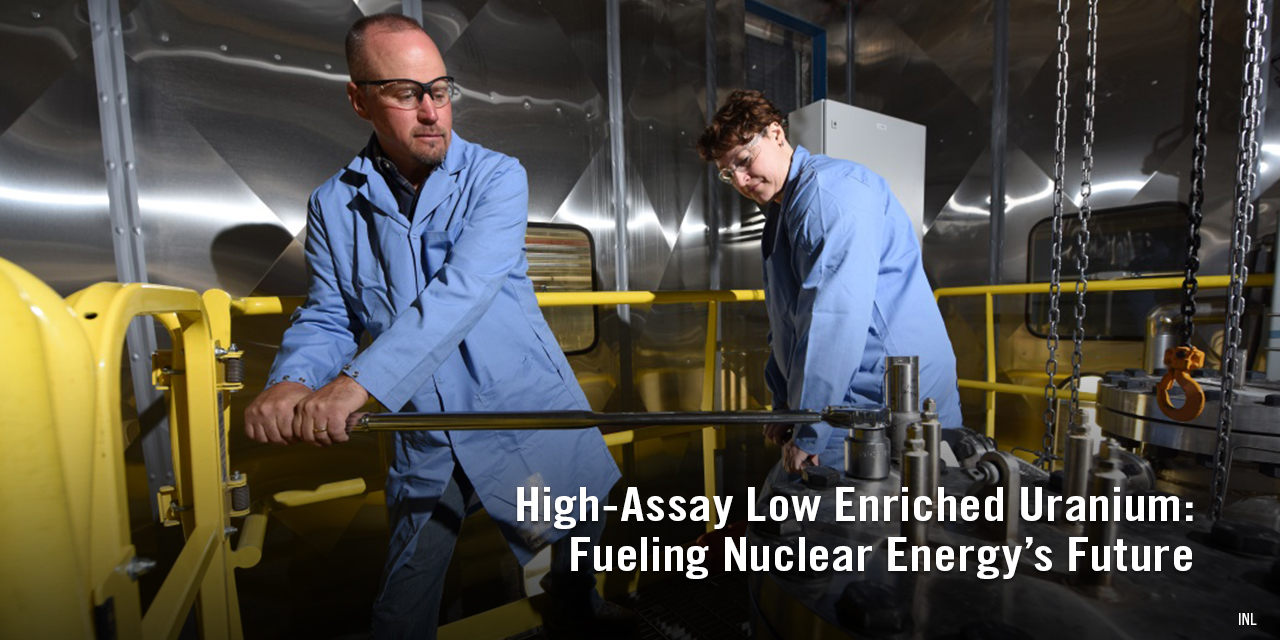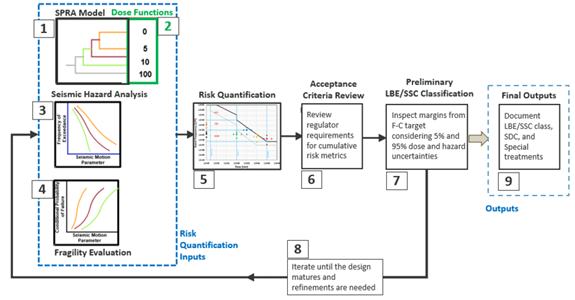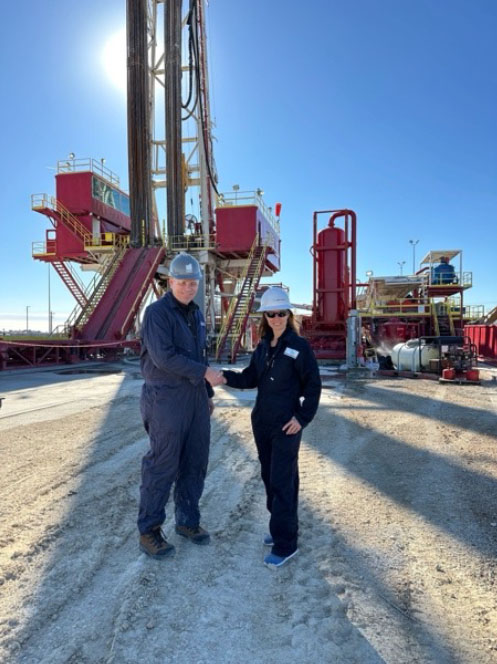ANS webinar looked at building domestic HALEU production capacity

The United States must ramp up the domestic production of high-assay low-enriched uranium (HALEU), the panelists agreed during a March 11 members-only webinar held amid heightened concerns about energy security following Russia’s invasion of Ukraine, and the day after Congress approved $45 million for the HALEU Availability Program for fiscal year 2022.
John Starkey, ANS director of public policy, moderated the webinar, which featured panelists Scott Kopple, senior director of government relations at BWX Technologies; Everett Redmond, senior technical advisor at the Nuclear Energy Institute; Benjamin Reinke, senior director of corporate strategy and advisor to the CEO at X-energy; Patrick White, project manager at the Nuclear Innovation Alliance (NIA); and Brad Williams, a member of the Senate Energy and Natural Resources Committee staff.
A timely conversation: Starkey set the stage, emphasizing that HALEU availability is pivotal to the deployment of advanced reactors that offer longer-life cores, increased efficiencies, and better fuel utilization. Most U.S. advanced reactor projects plan to use HALEU fuel, but the United States has no commercial-scale HALEU enrichment and deconversion production capacity. Calls for investments in HALEU production capacity have been growing louder recently, but were heard back in 2019.
“We all know that the U.S. industry has been concerned as of late that a sufficient domestic commercial supply of enriched uranium will not be available to support the development, demonstration, and deployment plans for advanced reactors,” Starkey said. He added that the HALEU enrichment demonstration facility being constructed by Centrus Energy, expected to be completed this year, will be capable of producing less than a metric ton of HALEU per year, which is below industry requirements.
The Department of Energy is establishing the HALEU Availability Program to meet the urgent need. ANS and other organizations submitted comments in response to a request for information on the HALEU Availability Program before the comment period closed on February 14.
The Fiscal Year 2022 Omnibus appropriations bill, passed in the House on March 9 and in the Senate on March 10, included $45 million for the HALEU program. “That was higher than the House mark and the Senate mark, but I think we all know this is still much lower than what's needed,” Starkey said. The Senate had proposed FY 2022 funding of $25 million, and the House had proposed $33 million.
While the webinar panelists acknowledged that the boost to $45 million was a step in the right direction, ANS has called for funding on the order of $200 million per year. Attention is turning to the FY 2023 budget request, expected from the Biden administration later this month.
Russian HALEU “not the best business case”: Tenex, the nuclear fuel cycle subsidiary of Russian state atomic energy corporation Rosatom, has the world’s only commercial HALEU production program. Russia’s invasion of Ukraine and the subsequent war have made it clear that a business plan dependent on Russian uranium is untenable, but the panelists agreed that the need for U.S. HALEU infrastructure predated the invasion.
“I've heard from several folks in the advanced reactor community that Russian HALEU is not the best business case, and I've heard those comments going back, in some cases, well over a year ago,” Kopple said. “Russia’s unprovoked attack on Ukraine really only heightens this conversation and hopefully broadens the interest.”
“We've got to be focused on developing domestic HALEU capabilities,” Redmond said. “We have talked about the Russians as a near-term supply in the past. That is not the case anymore, but . . . the whole issue does highlight the need to invest in our domestic fuel cycle capabilities, including the uranium reserve and new capacity for conversion and enrichment, and HALEU enrichment and deconversion.”
Market needs: Reinke put some numbers to X-energy’s near-term HALEU needs. X-energy is using cost-shared Advanced Reactor Demonstration Program (ARDP) funds to build a full-scale high-temperature gas reactor demonstration plant near Richland, Wash.
“For a reactor startup, we need to have HALEU about two years in advance of the reactors going hot and being on the grid,” Reinke said. That means X-energy will be ready for its first HALEU around the end of 2024 or early 2025. “And that's for 3 metric tons of uranium in HALEU form and in oxide form at 15.5 percent enrichment,” he said. “That's a pretty large first demand signal, but we need another 3 metric tons the following year, and then we need reloads for those reactors at about 1.9 metric tons going forward.”
Redmond pointed to the export opportunities that might open up for U.S. producers of HALEU. “I want to emphasize that the need is international as well as domestic,” he said. “There are projects up in Canada right now that are going to need high-assay low-enriched uranium. This is an opportunity for the U.S. to develop a domestic supply for reactors here in the U.S., as well as exports of U.S. technology to other countries that need HALEU. It's a big opportunity, but we have to move now.”
White suggested that offtake agreements or other mechanisms that establish the federal government as the first buyer of material from enrichment facilities or other fuel cycle providers could supply the demand assurance that enrichers want to see before they invest in infrastructure and licensing.
“One thing that NIA wants to advocate for is ensuring that these processes, whichever ones are ultimately selected, are competitively bid and milestone-based to make sure that we're getting good use out of taxpayer funding,” White said. “We're getting to the idea that this is a program we can set up once to help catalyze a mature commercial market that will operate without continuing federal support and can respond to changing market conditions.”
Downblending prospects: The National Nuclear Security Administration holds a supply of high-enriched uranium that is earmarked for long-term defense needs. HEU can be downblended with natural uranium or low-enriched uranium to reach HALEU enrichment levels of between 5 and 19.75 percent U-235. If a decision is made to downblend defense-obligated HEU to meet the short-term needs of the ARDP, those stocks would need to be replenished.
Kopple spoke of BWXT’s downblending capabilities. “As the only company in the country with not one but two Category 1 NRC licenses that currently handles all levels of enrichment, we have a unique understanding and belief that there is potential for a downblending bridge program,” he said. “I want to emphasize the word bridge. As a country, we cannot downblend forever, but we can do it to support near-term needs of the country, including the ARDP demonstration programs, should DOE want to go down that path. HEU would need to be identified and made available to make this happen. At the end of the day, the best strategy for a downblending bridge has to be coupled with kick-starting an active domestic uranium enrichment program that would, among other things, replace that borrowed HEU.”




.jpg)


